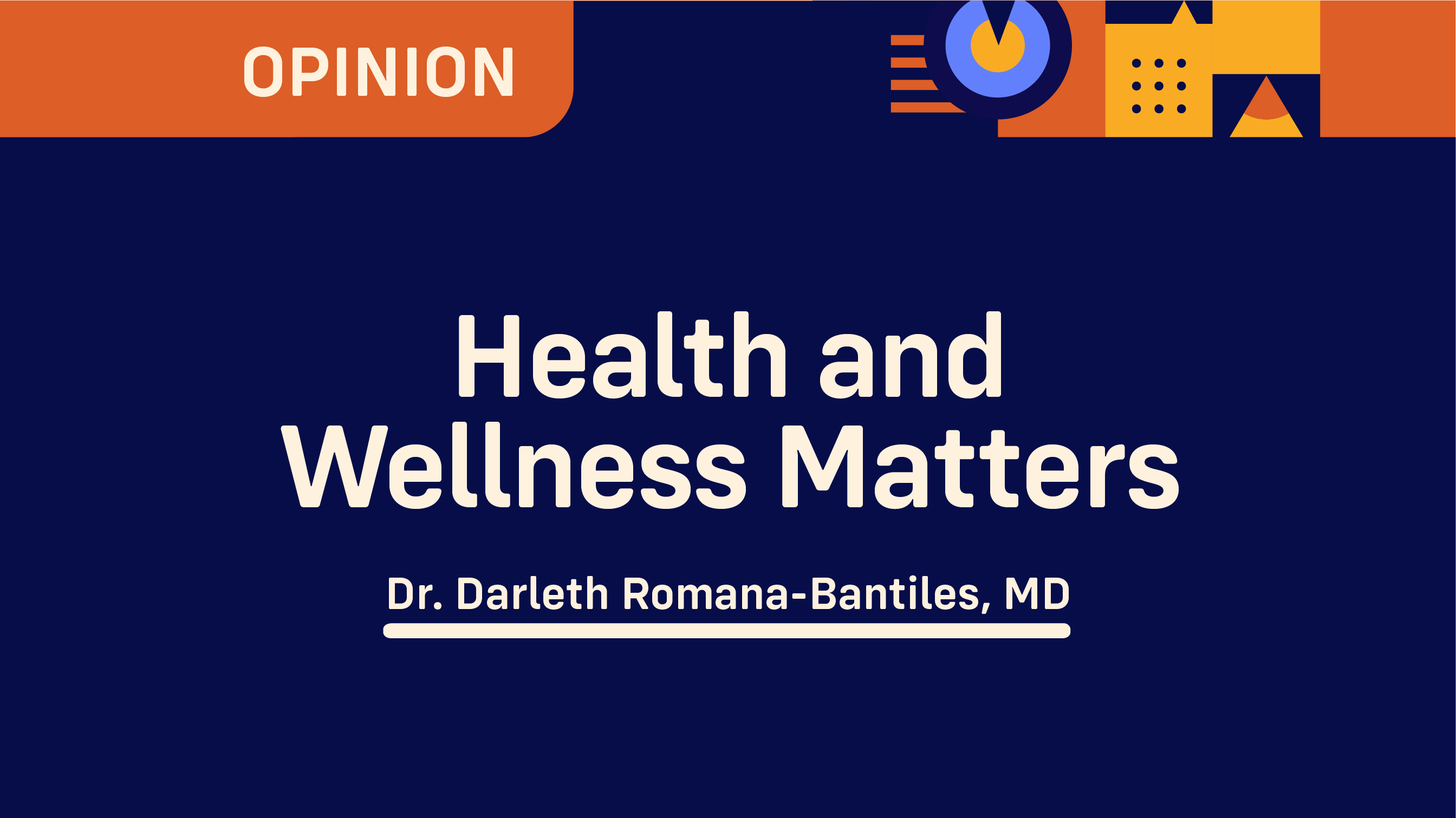THIS recent surge of COVID-19 cases is nothing like what we have seen before, it is way higher than the peak of the curve for national case reports last September 2020.
Prospects should not be entirely dim though, as developments in our health system the past year aim to make it more adaptive to the crisis.
Comparing to this time last year, we have more RT-PCR swab kits available, along with more subnational laboratories having Level 5 accreditation to process such tests.
We have gone a long way, from turnaround times of 10-12 days, to test results being received after a few hours to 3 days.
Personal Protective Equipment (PPEs) are not depleted now, to the point that healthcare workers and other ”frontliners” need to improvise like last year.
An addition to the health system, the Temporary Monitoring and Treatment Facilities (TTMFs), have been constructed (or at least many structures all over the country have been repurposed), along with emergency hiring of additional health staff, to augment health infrastructure and human resource.
We even have lesser COVID-related deaths now, than during the previous peak of transmission a few months ago. But, how come hospitals and TTMFs are now overloaded with patients?
Importance of Risk Communications
As the World Health Organization encourages countries to tailor their response according to the realities in the specific localities, there is no one formula in addressing the current pandemic.
The amount of risk changes, for the population and each individual, from time to time. Several factors contribute to the risk, namely (but not limited to): level of transmission, viral genomic attributes, existing contact tracing infrastructure, health system capacity, mobility.
This war is very tricky, as people say that the army of the enemy is unseen, and it does not recognize any boundary.
Here lies the importance of relaying this relative risk and the measures to mitigate or eliminate it.
The goal of communication materials regarding this health crisis must not only inform nor educate; collaterals should be able to express the imminent danger in practical terms for everyone.
By doing effective risk communication, communities may cease to be reactive or passive. Inconsistencies in the adherence to minimum public health standards, is not the sole fault of the citizens nor the Government. There is a gap in the communication of important risk information.
Little knowledge kills
The Department of Health encouraged everyone to verify information and only share data from reputable sources, to help prevent an infodemic.
When people are stressed and panicky, some may hold on to any information that may provide a sense of security, which may have fatal consequences.
Some people continue to believe that this pandemic is just like the common cold, and even influence others to act accordingly; foregoing masks or distancing.
It is not helping that there are fly-by-night RT-PCR swabbing facilities that sprouted, as there are dubious test results.
To the question, “Why are the doctors not being listened to for their expert opinion?”, I daresay that even doctors may have incomplete ideas for the solution to this public health issue.
Tackling a crisis of this magnitude goes beyond medical solutions, as the example of the significant role of risk communication demonstrates.
Enforcement of laws, mobilization of the community, and mapping of effective COVID-19 and other health services delivery entails the toil of local officials; and even recognized community leaders.
Other Asian countries had effective strategies that hinged on the collective efforts of different sectors, and even different political views. Our country may be at a disadvantage in this aspect, as the campaign period for the elections is drawing near.
War rooms in the LGUs
While significant decisions and urgent concerns need to be tackled in high-level meetings, the Inter-Agency Task Force (against Emerging Infectious Diseases) needs to be able to coordinate its efforts with the Local Government Units (LGUs), up to barangays.
Transmission, tracing, health systems capacity status at the local level should be regularly assessed, in order for pandemic response and recovery actions to be receptive and more operative.
